So, you’ve discovered a product that’s in high demand, with few others selling it, and you’ve got it at a good price. Now that you want to sell it on Amazon, it’s important to ensure customers can easily find it.
That’s why it’s crucial to optimize your Amazon product detail page. If you don’t use the right keywords, write compelling descriptions, include good pictures, and set a fair price, your product might not sell well. But wait! What is a product detail page on Amazon?
Don’t worry! We’ll guide you through everything you need to know about making your product detail page the best it can be so you can succeed at selling on Amazon. In this guide, you will learn:
- What is a product detail page on Amazon?
- A complete breakdown of an Amazon product detail page
- Amazon product detail page rules and guidelines for each use case
- How to create an Amazon product detail page?
- How to optimize a product detail page on Amazon?
Keep reading to learn more!
What is a Product Detail Page on Amazon?
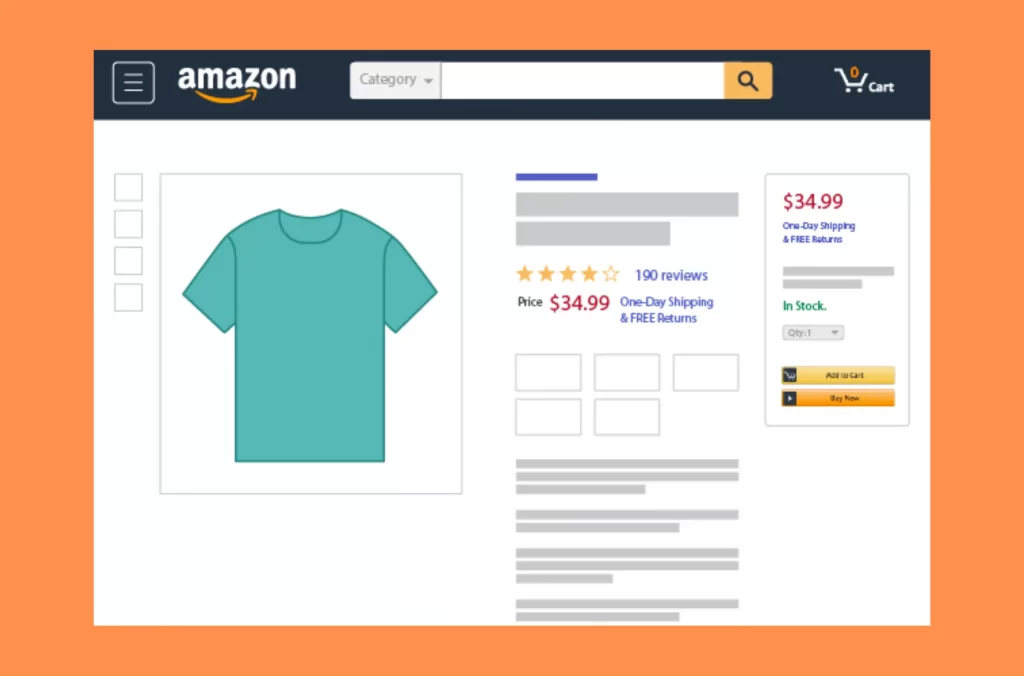
Product detail pages are like the ID cards for items customers find on Amazon. It’s where we showcase every detail of the product offered by the seller. This includes information like the product’s title, images, description, and more. But there’s no barcode info here.
A really good Amazon product page helps buyers decide if they should buy something or not. With a well-made Amazon product page, you can:
- Boost your products’ visibility and increase sales naturally;
- Encourage customers to interact with your brand;
- Build brand recognition and foster customer loyalty;
- Optimize PPC advertising to maximize effectiveness and reduce costs.
A Complete Breakdown of an Amazon Product Detail Page
Are you ready to explore a product detail page? This picture displays the various sections that customers and sellers can see right away on a product detail page. Keep in mind that this layout might look a bit different on mobile phones or the Amazon app, but you’ll still find the same details. Also, the information might vary slightly depending on the product category and the specific product.
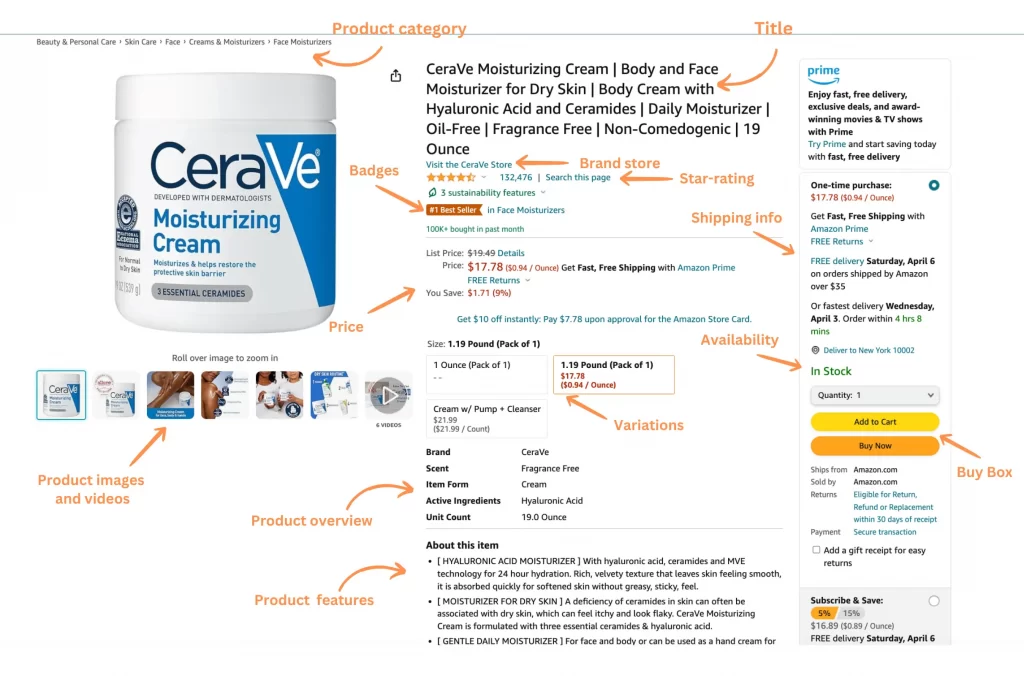
Below, we’ve pointed out some of the usual parts you’ll find on most Amazon Product Detail Pages:
- Product category: This section is at the top of the Amazon product detail page. It shows which category or subcategories the viewed product belongs to, helping customers filter what they need with ease.
- Title: The title area is where you see the name of the product.
- Images and videos: This part will display either up to seven images or six images, along with one video. The initial image will serve as the primary product thumbnail, and shoppers can preview additional images by hovering over them.
- Brand store: This part provides a link to your brand store, allowing shoppers to click and visit your homepage directly.
- Star rating: This is the average rating of the product, calculated from all Amazon user reviews, shown on a scale of one to five stars.
- Badges: These are small graphics displayed on your product listing, managed by Amazon to show the rank ò the products in a specific category. Examples include the Amazon’s Choice badge and the Best Seller badge.
- Price: This area displays the product price offered by the seller, or it may show a price range influenced by different factors.
- Availability: This part notes if your product is in stock or low stock.
- Buy Box: This is the CTA at the right of the Amazon product detail page. It also offers the product’s price, shipping information, Prime eligibility, and product availability.
- Variations: This part shows the available options for the product, such as different colors or materials of a shirt.
- Product overview: These fields are automatically filled based on backend attributes, emphasizing the need for an accurate and comprehensive setup to ensure correctness.
- Product features: These are bulleted points providing key product information, highlighting its primary features.
- Frequently bought together: These are additional products frequently purchased alongside the viewed item identified by Amazon. Customers can easily add all these products to their cart with a single click.
- Product description: This section allows sellers to elaborate on the product’s features and benefits. With a character limit of up to 2,000, it conveys more detailed information.
- Product details: This part offers fundamental product details, including dimensions, ASIN, date of initial availability, Best Sellers Rank, and additional information.
- 16. A+ Content: Sellers can utilize Amazon A+ Content to offer shoppers high-quality product images, infographics, comparison charts, and other engaging visuals. If you activate this section, it will replace the product description.
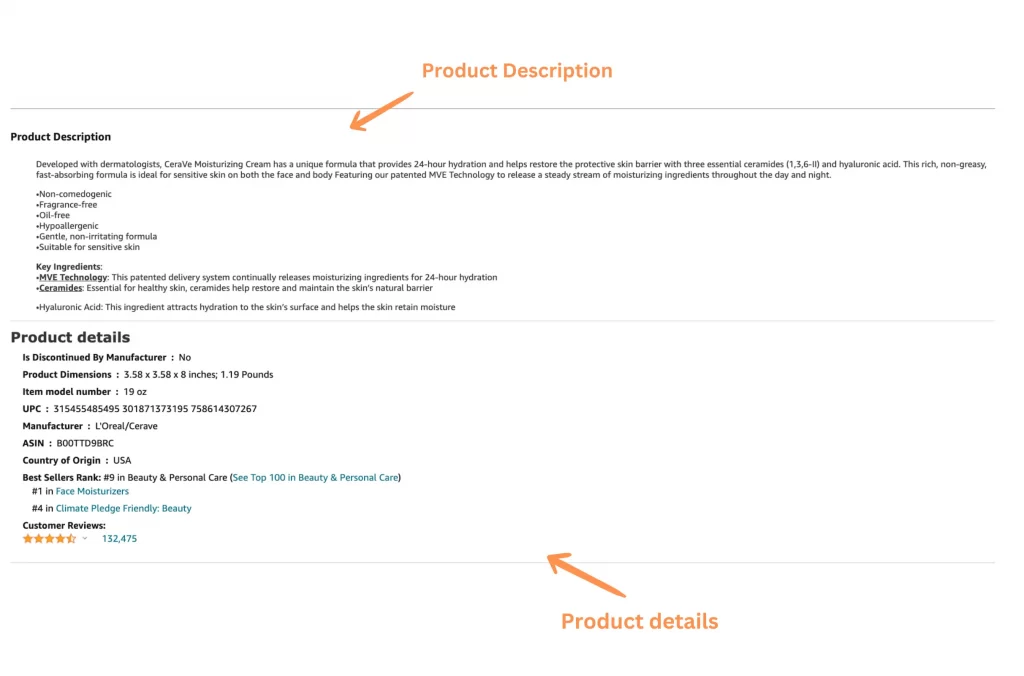

17. Sponsored products: Amazon offers various spaces for sponsored product ads and recommended products. They can fall into sections such as but not limited to:
- Sponsored products related to this item:
- Similar brands on Amazon
- Customers who viewed items in your browsing history also viewed
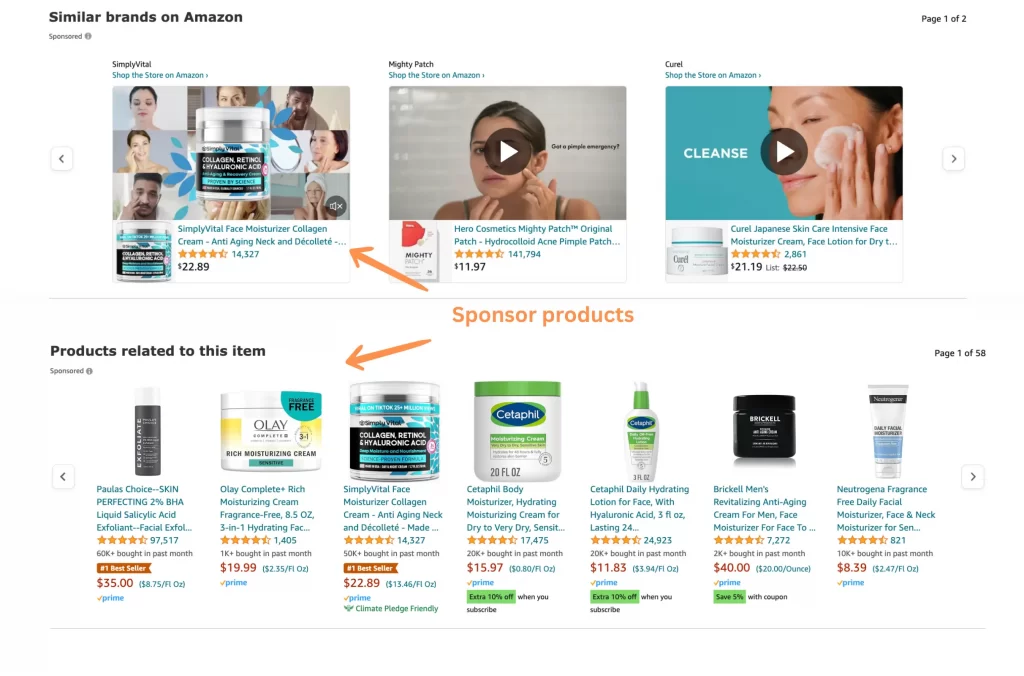
18. Customer Questions and Answers: This section serves as an open forum on the Amazon product detail page, allowing customers to pose questions. Other customers or the brand can answer these inquiries.
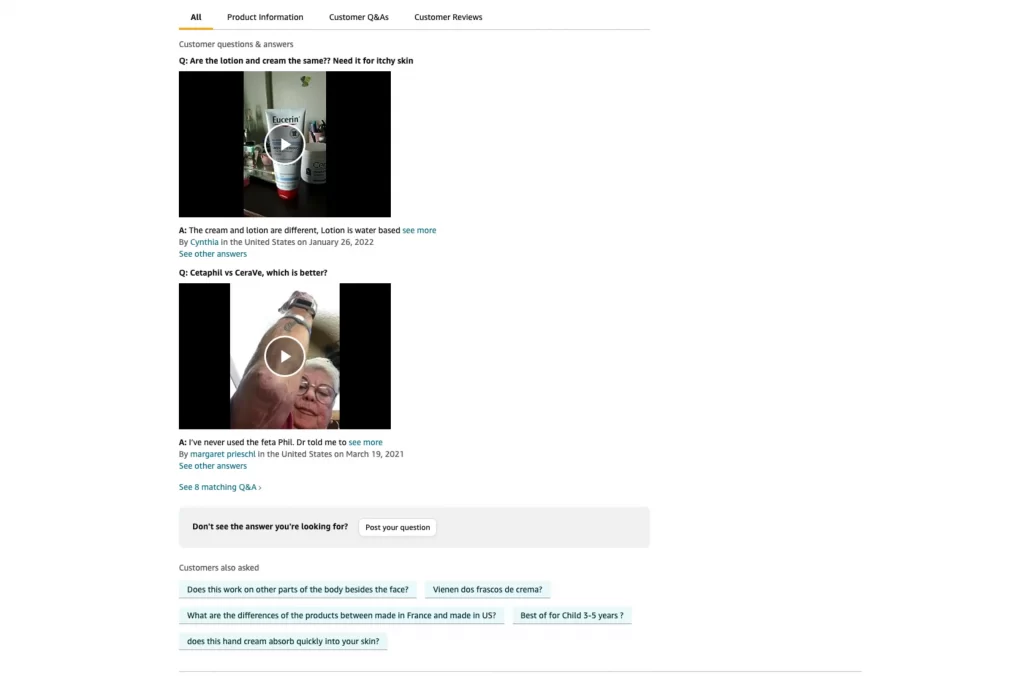
19. Customer reviews: Last but not least, this part shows user-generated reviews near the bottom of your Product Detail Page (PDP), providing ratings for your product on a scale of one to five stars.
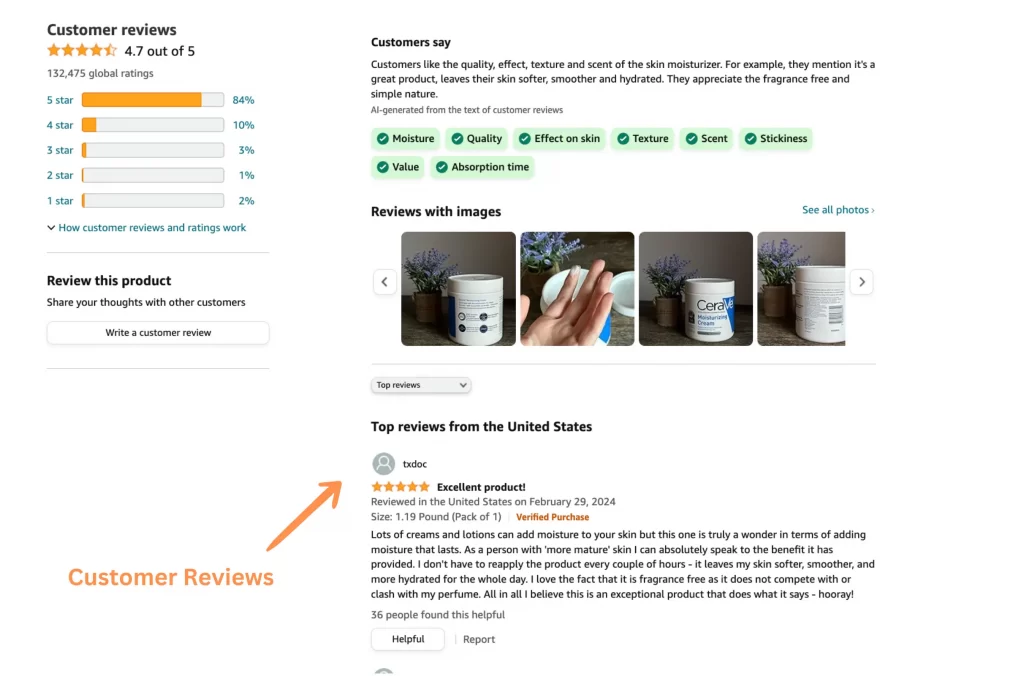
Effortless Optimization, Maximum Sales with LitCommerce
Building captivating product pages shouldn’t be a headache. LitCommerce makes it easy to showcase your products in the best light with intuitive features.
Amazon Product Detail Page Rules and Guidelines for Each Use Case
The rules for your product detail page content can vary based on whether you’re a seller or vendor, and the country you’re listing your product in. Typically, the guidelines provided for US Seller Central and UK Seller Central offer good starting points. These help pages outline specific templates for content in certain categories.
The rules for your product detail page content can vary based on whether you’re a seller or vendor and the country in which you’re listing your product. Typically, the guidelines provided for US Seller Central and UK Seller Central offer good starting points. These help pages outline specific templates for content in certain categories.
General Amazon product detail page rules
- Follow relevant style guidelines and refrain from using HTML, JavaScript, or any other coding.
- Exclude any content that is offensive, contains links or contact details, reveals plot spoilers, includes reviews or review requests, or contains advertising.
- Ensure accurate categorization and description of your products.
- Avoid creating duplicate detail pages for products that already have one.
- For new products or versions, create new detail pages.
- Include variations only if they are directly related to the main product.
Writing listing content rules
- Do not include content that is pornographic, vulgar, or offensive.
- Do not include personal information such as phone numbers, addresses, email addresses, and website URLs
- Use capital letters only at the start of each word; refrain from using full capitalization throughout the product title, bullet points, and description.
- Do not include links to other websites for placing orders.
- Do not include spoilers in listings for Books, Music, and Video or DVD (BMVD) products that reveal crucial plot information.
- Do not include testimonials, quotations, or reviews.
- Do not include requests for favorable feedback from customers.
- Do not include watermarks on images, photos, or videos, nor advertisements or promotional material.
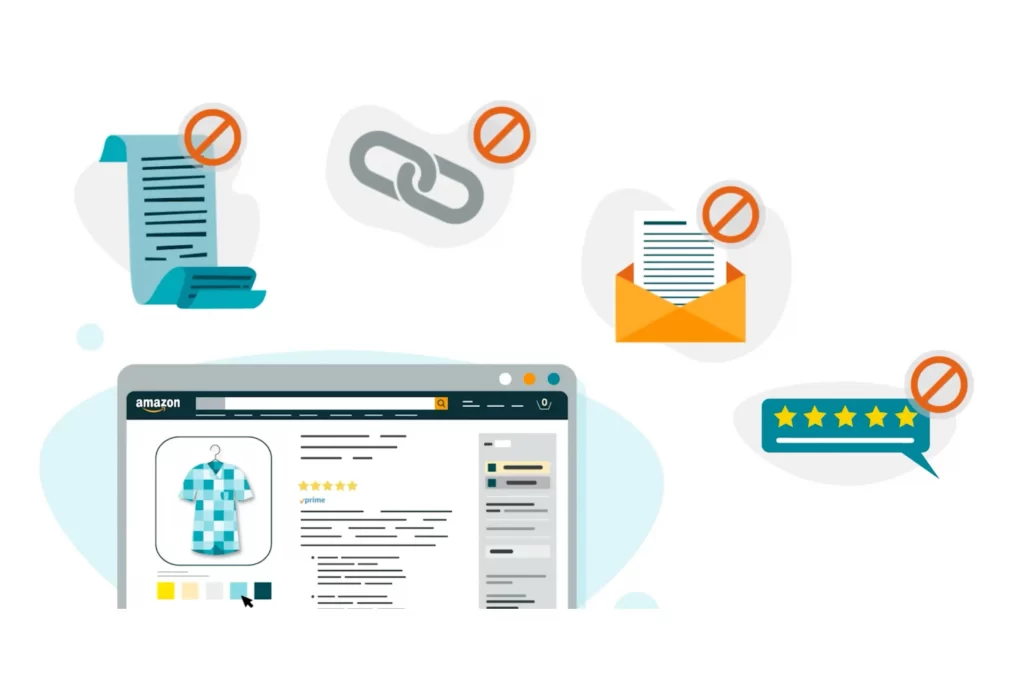
Adding listing media rules
- Do not include any information that violates others’ intellectual property rights.
- Use Add a Product, inventory files, and Amazon Marketplace Web Services (Amazon MWS) listing APIs solely for listing products on Amazon.
- Avoid providing false product identification information, UPC codes, or publishing dates on product detail pages.
- Do not create a product detail page for a product already listed on Amazon, including those sold on other Amazon marketplaces.
- Do not cross-merchandise or promote different products using product detail pages.
- Only provide general information about the product’s features, not specific conditions or attributes unique to your particular item.
Editing detail page listing rules
- When a product is new, don’t use an old listing for details such as color, size, material, features, and product name. Instead, create a new product information page for each new version.
- Only make changes to detail pages to enhance or clarify the original product description. The ASIN title, brand, or manufacturer name cannot be altered or added to the appropriate data sections.
- If you intend to rebrand a product, generate a new ASIN instead of updating an existing one. This applies even if the product is unbranded and the change in brand does not significantly alter the product. This includes branding a previously unbranded product.

How to Create an Amazon Product Detail Page?
Creating an Amazon product detail page is straightforward. Just follow these easy steps:
- Head to the Inventory and hit “Add Products.”
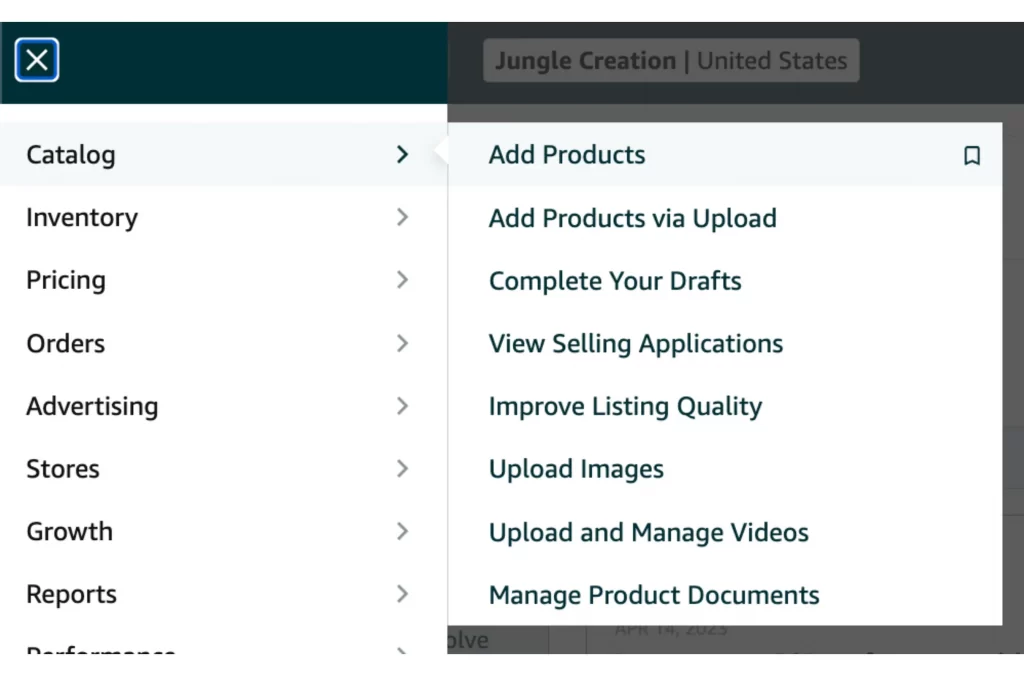
- If your product is not on Amazon currently, choose “I’m adding a product not sold on Amazon.”
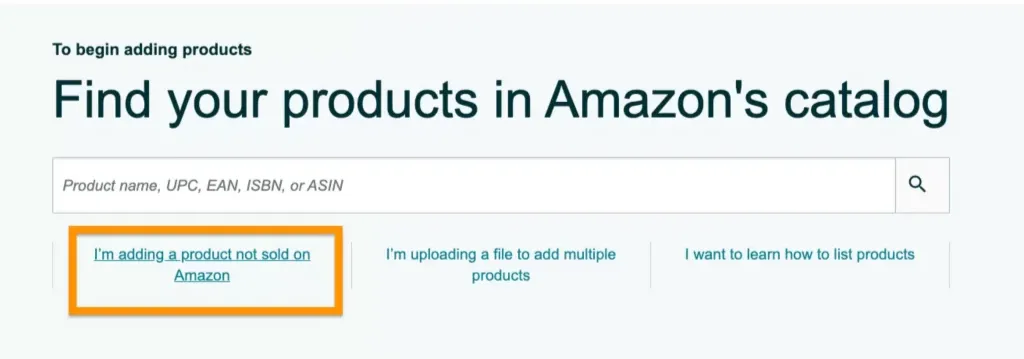
- Select the appropriate category for your product.
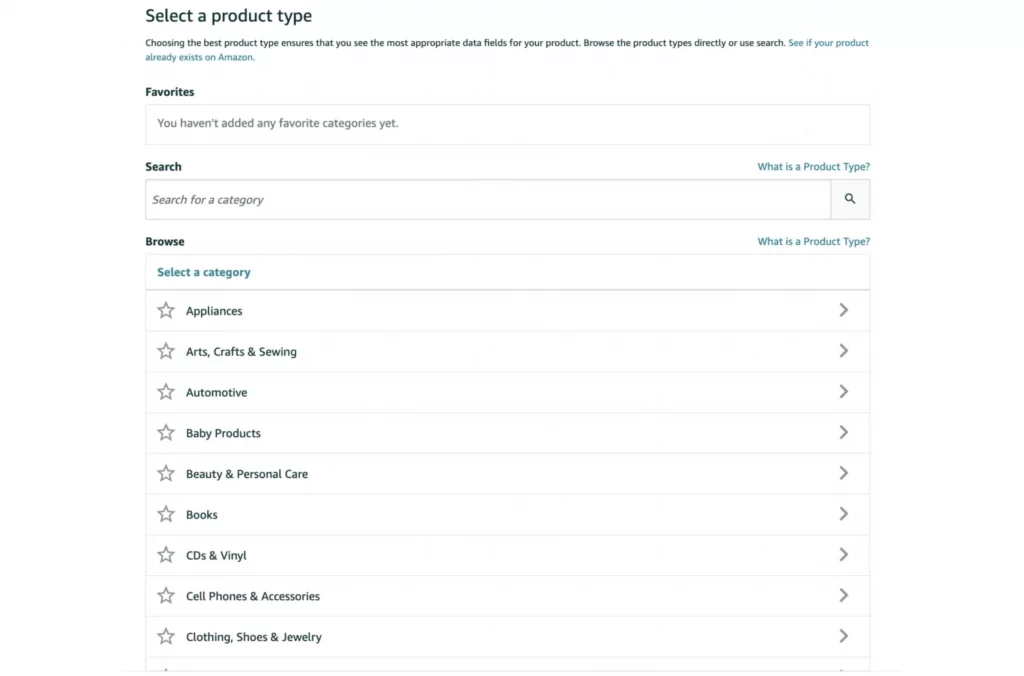
- Fill in all the essential information and upload images of your product.
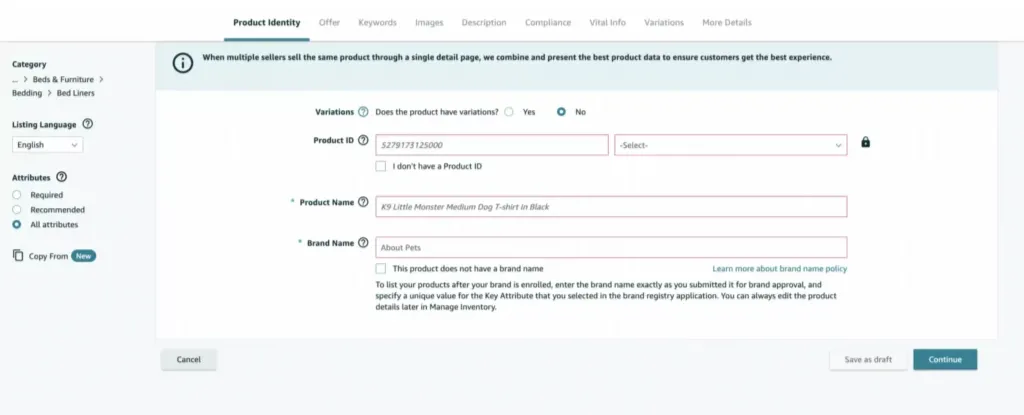
Now, wait for Amazon verification and publish your Amazon product detail page.
How to Optimize a Product Detail Page on Amazon?
Well-crafted Amazon product detail page can result in higher ranks and sales increase. That’s why knowing how to optimize a product detail page on Amazon is necessary for all sellers. Below are some helpful tips you can employ to improve your product page. Keep reading to learn more.
1. Include the right keywords – Important!
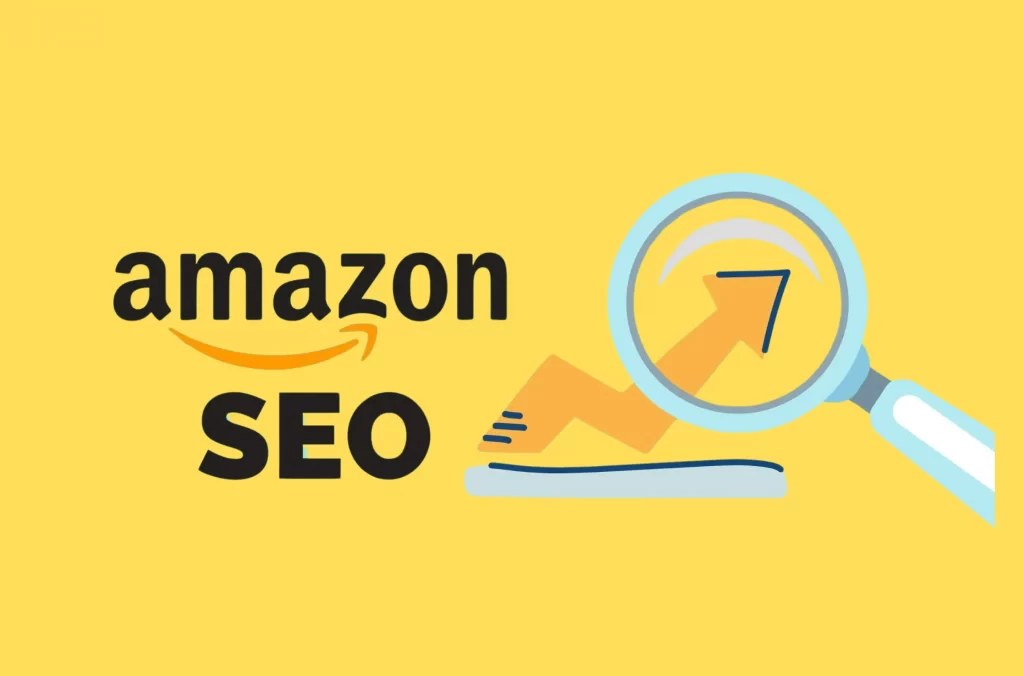
Amazon utilizes keywords to ensure your products appear in relevant search results. So, selecting appropriate keywords for your listings can help enhance Amazon SEO. Entering the right keywords also increases your chance of getting the Amazon Choice Badge for that keyword, significantly boosting your product’s visibility.
You can use Amazon keyword tools like Helium 10 or Jungle Scout to research. After identifying your keywords, incorporate them into your listing. Each keyword needs to be integrated only once to rank effectively. Place your most important keyword in the title for maximum impact.
Important secondary keywords should be included in your product descriptions. You can add additional keywords to the backend of your listing.
Note: When crafting your title, avoid repeating any keywords. If you mention a keyword once, you usually don’t need to mention it again. Don’t try to use keywords too much in their content to try to make their product rank higher in search results. Doing this can make it hard for customers to read and might even make your rankings worse. Instead, just write naturally and give your audience the info they want.
To learn more about SEO on Amazon, read through this Amazon SEO guide.
2. Optimize your listing titles
Your title is the first thing people notice when they look at your listing, so it’s vital to make it as informative as possible. In most cases, you’re limited to 200 characters, including spaces. Some products have even stricter limits.
What should you include in your title? Here’s a simple guide:
[Brand] [Product type] [Descriptive information: Size, Package count, Color, Flavor, etc.]
Although it’s not mandatory to include all the information, it’s a good idea to use this format as a guide for structuring your title. Start with the brand name and include your main targeted keyword in the title. This helps ensure your product is easily recognizable and searchable by potential customers.
Note: When writing your title, ensure you’re not repeating any keywords.
3. Use high-quality images and videos
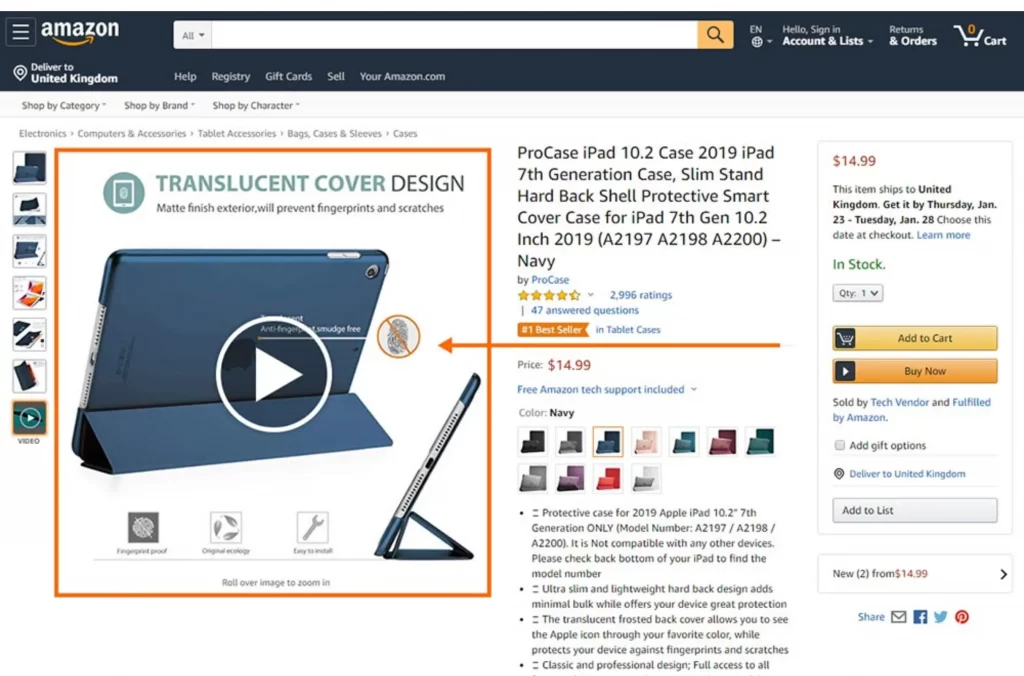
Make sure all images uploaded to your Amazon listings are at least 1000 pixels by 1000 pixels to ensure high resolution. This allows your audience to zoom in for a closer look and better understanding of your products.
You can also add a video to each Amazon product detail page to offer your buyer the closest experience of a product in real life. You can make a video to demonstrate how a product functions or highlight its design and visual appeal in a way that surpasses what a still image can convey.
4. Write a helpful product description
Your product description is another big deal for selling, so it’s crucial to pack it with useful info and convincing language. Plus, it’s a chance to add extra keywords to explain more about what your product does, making it easier for customers to discover and decide if they want it. Here are some things you could talk about in your product description:
- Materials
- Colors
- Quantities
- Sizes
- Dimensions
- Care instructions
- Warranty information
5. Leverage Amazon’s A+ Content
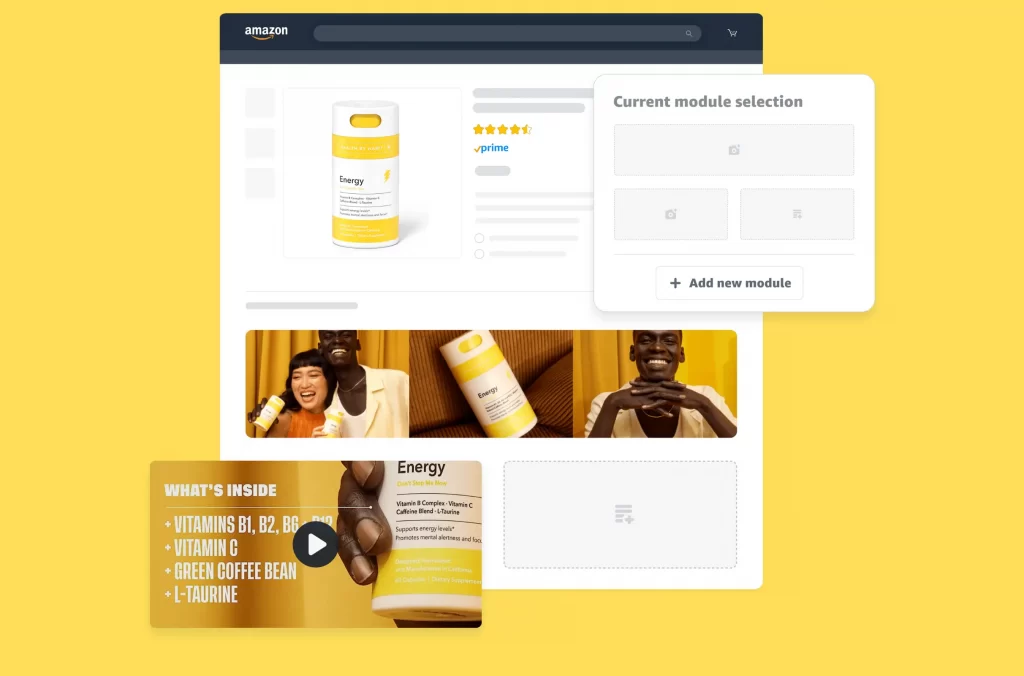
If you’re an Amazon private label seller, you can join the A+ Content program. This program lets you improve your product descriptions and add more pictures, comparison charts, and even videos.
Using A+ Content can really make your listing shine compared to others, but it can take a lot of time and money to create. If you’re unsure if it’s worth it, check out what other listings in your category are doing. If they’re not using A+ Content, you might have a chance to get ahead of them.
6. Optimize product prices
Your product’s price is another crucial factor in its success. If you set the price too low, customers might think your product is of poor quality. On the other hand, if it’s priced too high without a good reason, you might scare away potential buyers. It’s essential to have a smart Amazon pricing strategy to ensure you’re both profitable and competitive.
7. Improve consumer reviews
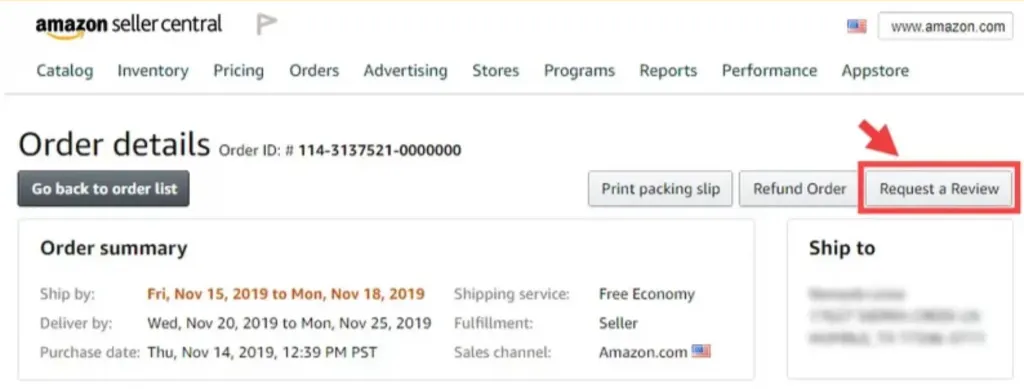
Getting high ratings and positive reviews can lead to more sales because it builds trust with buyers. However, it’s challenging to get reviews for every sale, and you can’t ask for reviews directly as it goes against Amazon’s rules – they have strict guidelines against manipulating reviews. Instead, here are some ways to encourage more customer reviews:
- Use Amazon’s “Request a Review” button
- Enroll your product in the Amazon Vine Program
- Mitigate negative reviews
- Offer high-quality products with excellent customer service.
8. Optimize for the Amazon Buy Box
Winning the Buy Box means their product is featured prominently on Amazon’s product page, making it easy for customers to add products to their cart. This increases the likelihood of making a sale because most customers purchase items through the Buy Box rather than exploring other sellers. Therefore, winning the Buy Box is crucial for sellers as it can significantly boost their sales and visibility on the platform.
To win the Amazon Buy Box, you must meet certain eligibility criteria. Establish yourself as a trustworthy and professional seller by:
- Providing fast shipping;
- Maintaining competitive product prices;
- Ensuring ample stock availability;
- Sustaining a high feedback score.
9. Compliant with Amazon’s guidelines
As mentioned previously, Amazon has clear rules about what should and shouldn’t be in a product listing. Therefore, before you finalize and publish your listing, it’s important to review their policies carefully. You can access the complete list of detailed guidelines on their website.
Product Detail Page on Amazon: FAQs
Product detail pages refer to the pages visible to buyers when they browse for items on Amazon. Whenever a product is clicked on the platform, users are redirected to its respective Amazon product detail page. Yes, Amazon does verify product detail pages to ensure accuracy and consistency across its platform. This verification process involves several measures such as automated algorithms, or manual review by Amazon staff. The aim is to maintain the quality of product information, including product descriptions, images, and other details to avoid any infringement or violations and enhance the overall shopping. If you want to add product details, there are 2 ways you can employ: Do it manually: Find the listing of the products you want to add information to its Amazon detailed products page. Then, you adjust the price and shipping cost in their column. However, if you need to edit more details, you should click the Edit button. Upload file: If you upload bulk products via file. Make sure to keep the product title, SKU and ASIN unchanged when you adjust any details on the file. Then, upload it as usual. The product details on Amazon product pages are filled out by any Amazon seller or anyone authorized to do so.
Amazon Product Detail Page: Round-up
Your Amazon product detail page is essentially your brand’s storybook. It’s crucial to optimize every aspect of your product detail page for sales. Staying aligned with Amazon’s design quality standards is a need to outshine the fierce competition. We do hope this article will become your go-to guide for
Have more questions about fine-tuning your product detail page? Feel free to contact us. LitCommerce also offers a wide range of helpful guides like this one for e-sellers.




